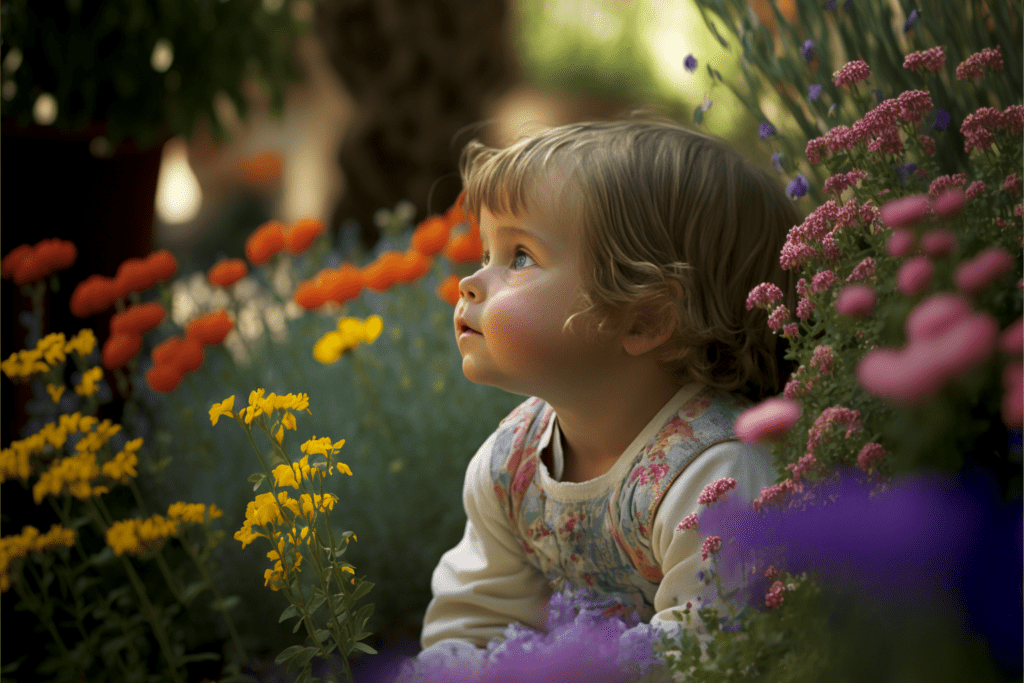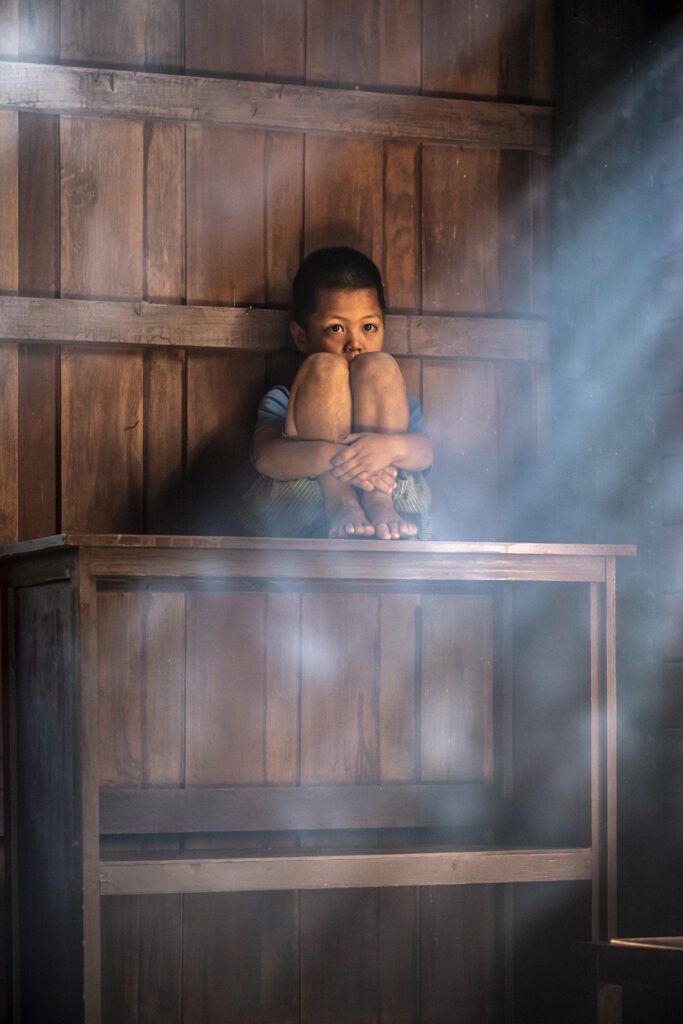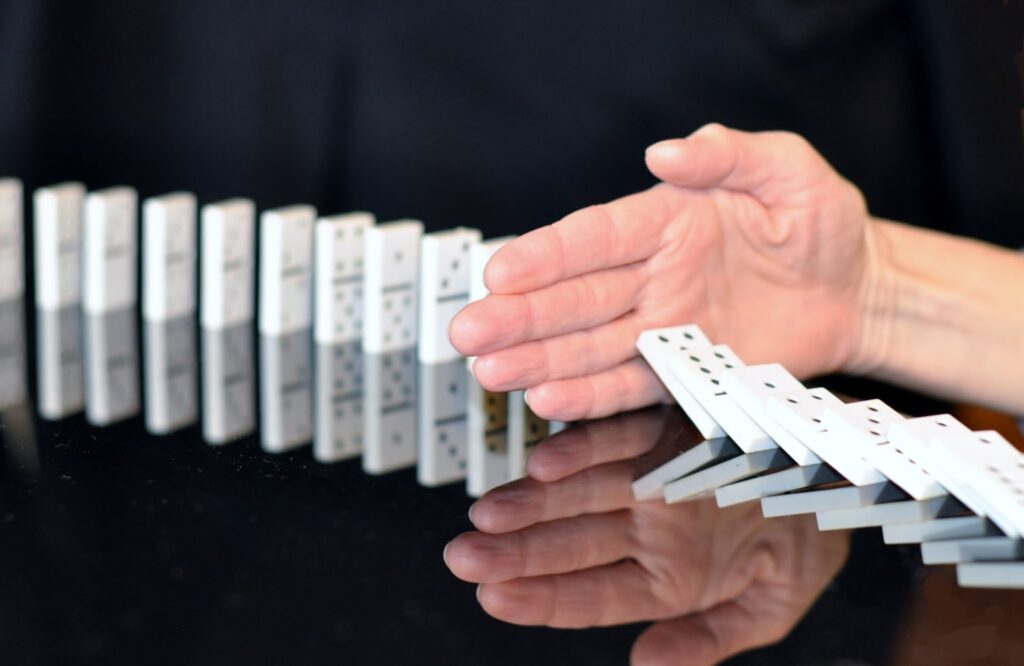Breaking the vicious circle: toxic relationship and childhood trauma
The trauma bond: When childhood trauma affects couple relationships Introduction Childhood trauma is a common problem affecting millions of people worldwide. Childhood trauma can take many forms, including physical, verbal or emotional abuse, abuse or neglect, or other maltreatment. Unfortunately, the effects of childhood trauma often last into adulthood, especially in the form of toxic […]
Breaking the vicious circle: toxic relationship and childhood trauma Read More »



